Honouring Yorkshire's survivors of the ill-fated Endurance as Ernest Shackleton's lost ship is finally found
Now, to the nation and to the descendants of those six Yorkshire sailors and chefs and boatswains on board, a “milestone in polar history” is marked as the ship’s wreckage is finally found.
The wooden ship, unseen for 107 years, has been discovered approximately four miles south of the position originally recorded by the ship’s Captain Frank Worsley in 1915.
Advertisement
Hide AdAdvertisement
Hide AdAdam Fowler, great grandson of Hull's Alfred Cheetham who was the ship's third hand, said this marks a moment in history to honour his legacy.
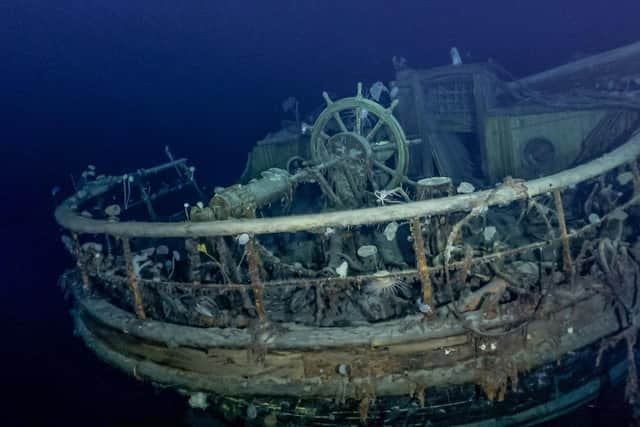

"It's amazing to see the crystal clear images of Alf's ship," he said. "The story of the world's most famous undiscovered ship has come to the surface at last.
"I can just imagine Alf now giving one of his cheeky grins and puffing on his pipe, ever so pleased it's found and that the legacy of those brave men will never be forgotten."
Mensun Bound, director of exploration for Endurance22 which was launched last month to find the ship's wreckage, said new footage shows the Endurance to be intact and “by far the finest wooden shipwreck” he has seen.
Advertisement
Hide AdAdvertisement
Hide AdMr Bound said: “We are overwhelmed by our good fortune in having located and captured images of Endurance.
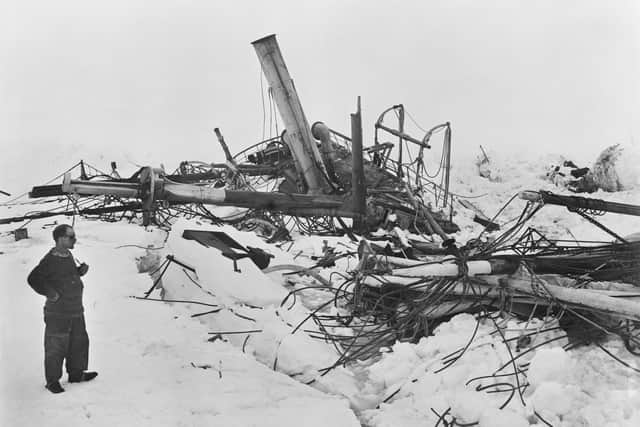

“It is upright, well proud of the seabed, intact, and in a brilliant state of preservation. You can even see ‘Endurance’ arced across the stern, directly below the taffrail. This is a milestone in polar history.”
Sir Ernest and his crew, including several men from Yorkshire, had set out to achieve the first land crossing of Antarctica. The Endurance never made land, becoming trapped in dense pack ice and forcing the 28 men to eventually abandon ship.
They were stuck in the ice for around 10 months, before escaping in lifeboats and on foot to uninhabited Elephant Island.
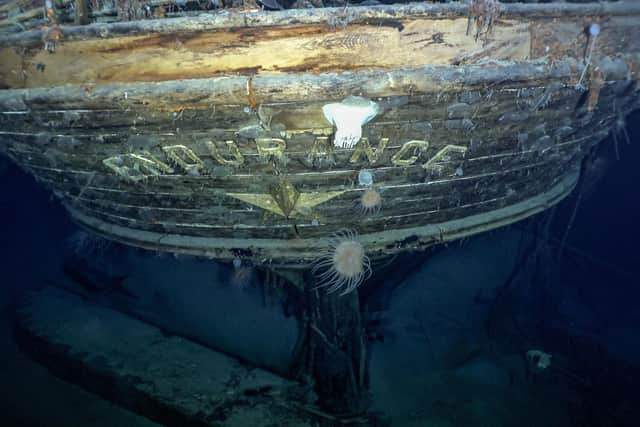

Advertisement
Hide AdAdvertisement
Hide AdAmong Yorkshire’s officers, boatswains, and cooks aboard was Frank Wild, born in the North York Moors and later of Wheldrake near York, who was Shackleton’s second-in-command.
As a rescue team had ventured to South Georgia in a lifeboat called the James Caird, he is credited for keeping the remaining crew alive, surviving on raw seals and seaweed.
Also on board was Alfred Cheetham of Hull, the crews’ third officer and a “pirate to his fingertips”, along with cook Charles Green, also of Hull, who until late in his life would give lectures in the city to share his experience.
Three more men, boatswain John Vincent and stokers Ernest Holness and William Stephenson, all either from Hull or working on its North Sea fleet, were also among its crew.
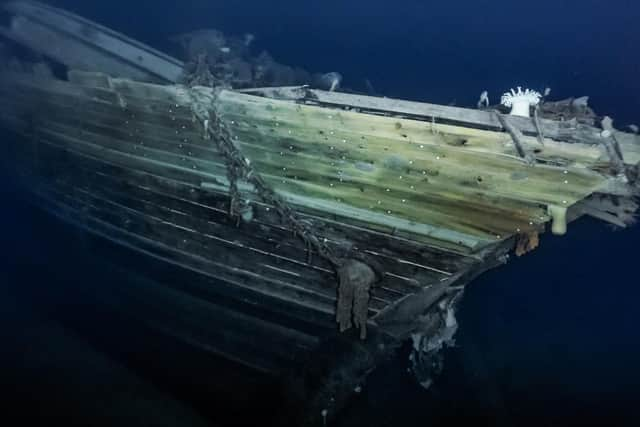

Expedition
Advertisement
Hide AdAdvertisement
Hide AdLast month, after the 100th anniversary of Sir Ernest’s death, the new Endurance22 expedition left Cape Town in efforts to retreive the ship’s wreckage.
Yesterday the Falklands Maritime Heritage Trust said Endurance was found at a depth of 3,008 metres, 100 years to the day since Shackleton was buried.
Dr John Shears, expedition leader, said his team had completed what he called “the world’s most challenging shipwreck search”.
With the expedition having broadcast live, he spoke of his hopes that it could inspire a new generations through the “amazing stories of polar exploration”.
Advertisement
Hide AdAdvertisement
Hide AdHistorian and broadcaster Dan Snow, who accompanied the expedition, spoke of his enthusiasm at being able to film the wreck in high definition, leaving it untouched and protected under the Antarctic Treaty
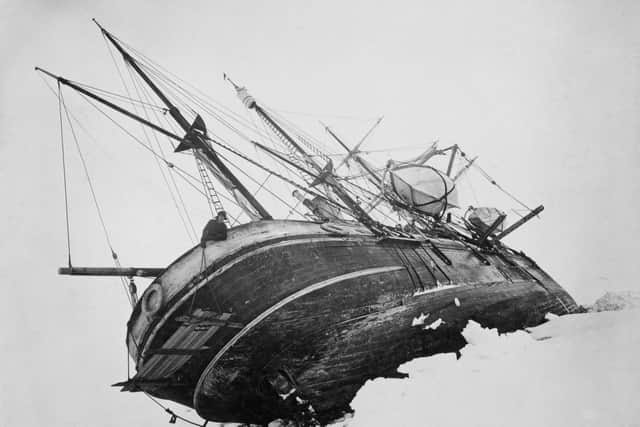

He said: “The wreck is coherent, in an astonishing state of preservation. The Antarctic seabed does not have any wood eating micro organisms, the water has the clarity of distilled water. The results are magical.”
The Yorkshire seafarers of the Endurance
Frank Wild, second-in-command aboard the Endurance, is credited with keeping teams alive as they were stranded on a desolate island. Born in the then North Riding, and later of Wheldrake near York, he was left in charge on Elephant Island when Shackleton took a small crew in search of rescue. They were marooned for more than four months, surviving on a diet of seal, penguin and seaweed.
Charles Green, the ship's cook, who served as a Fire Watcher in Hull through the Second World War. Having re-joined Shackleton on a later expedition to Antarctica, he was given a set of lantern slides which he shared through lectures and tours in the city in his later life.
Advertisement
Hide AdAdvertisement
Hide AdAlfred Cheetham, third officer, who died at sea when his ship was torpedoed during the First World War. His family had moved to Hull when he was young, and he went to sea as a teenager to work on the fishing fleets. With wife Eliza Sawyer he had 11 children, and was once dubbed "a pirate to his fingertips" by Endurance Captain Frank Worsley. Known as Alf, he has been described as a "tough, humorous little soul", who was always popular with the men.
John Vincent, boatswain, was one of the five men who accompanied Shackleton on his crossing from Elephant Island to South Georgia in search of rescue. He became a sailor at 13 after running away from home, and later a trawlerman in the North Sea fleet out of Hull. A keen amateur boxer and wrestler, he was noted as the fittest man on arriving at Elephant Island, but he became gravely ill and didn't complete the rescue mission.
Ernest Holness, stoker for the ship's coal fire, also of Hull. On his return he married and had three children, serving in trawlers on the North Sea, but at just 31 he was washed overboard near the Faroe Islands and disappeared.
William Stephenson, stoker, also born in Hull. Very little is known about Stephenson, but he too was said to have served on the fishing trawlers that pulled out from the Yorkshire coast.
Advertisement
Hide AdAdvertisement
Hide Ad______________________________________________________________________________________________
Support The Yorkshire Post and become a subscriber today. Your subscription will help us to continue to bring quality news to the people of Yorkshire. In return, you'll see fewer ads on site, get free access to our app and receive exclusive members-only offers. Click here to subscribe.
